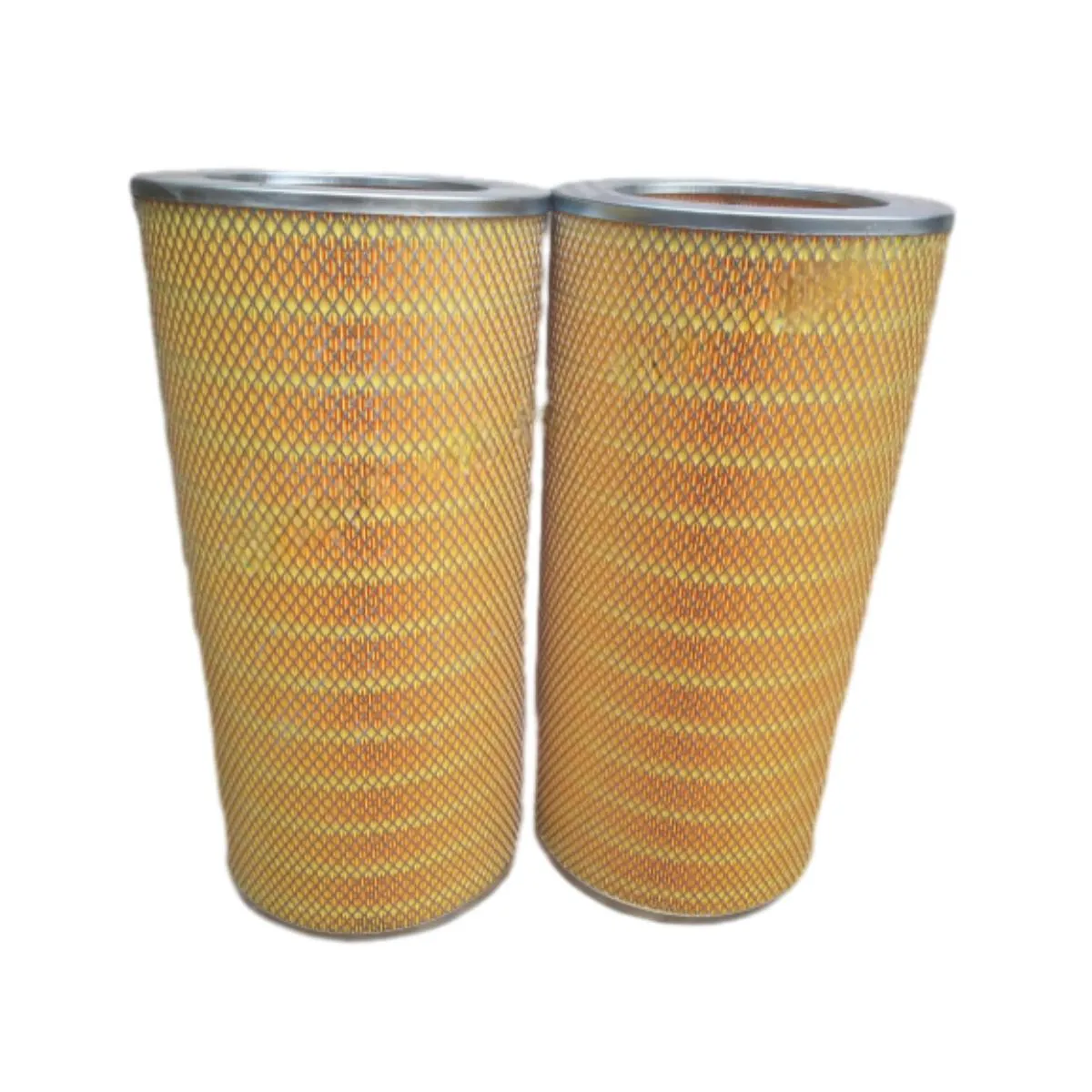 Tel:
+8615930870079
Tel:
+8615930870079
Dez . 26, 2024 17:36 Back to list
Understanding Cartridge Vacuum Technology and Its Applications in Modern Cleaning Solutions
Understanding Cartridge Vacuum Systems Efficiency and Versatility
When it comes to modern cleaning technologies, cartridge vacuum systems stand out as an efficient and versatile solution for both industrial and commercial applications. These systems are particularly renowned for their ability to handle dust, particle collection, and fume extraction in various settings. In this article, we will explore the key features, benefits, and applications of cartridge vacuum systems.
What is a Cartridge Vacuum System?
A cartridge vacuum system is designed to effectively collect and filter airborne particulates, making it ideal for environments that generate significant dust, debris, or fumes. Unlike traditional vacuum cleaners, which often rely on bags for dust collection, cartridge vacuum systems utilize a series of filter cartridges to trap and retain particles. These systems are engineered to ensure a high air flow rate while maintaining an excellent level of filtration.
Key Features
1. High Filtration Efficiency Cartridge filters are designed to capture fine particles and hazardous dust, often reaching efficiencies of 99.9% or higher. This level of filtration is crucial for maintaining air quality in workplaces such as factories, construction sites, and laboratories.
2. Durability and Longevity The materials used in cartridge filters are typically robust, allowing them to withstand extensive use and harsh conditions. Many systems are designed for easy maintenance, meaning that filters can be cleaned and reused, significantly extending the life of the system.
3. Compact and Modular Design Cartridge vacuum systems often feature a compact, modular design, allowing them to be easily integrated into existing workspaces. Their ability to be customized further enhances their versatility, making them suitable for a wide range of applications.
cartridge vacuum

Benefits
1. Improved Air Quality By effectively capturing harmful particles and pollutants, cartridge vacuum systems contribute to a healthier work environment. This is essential for industries where worker safety is a priority.
2. Increased Productivity With high-efficiency filtration and minimal downtime for maintenance, these systems allow for continuous operation. This efficiency translates to higher productivity levels within the workplace.
3. Cost-Effectiveness Although the initial investment in a cartridge vacuum system may be higher than that of traditional vacuums, the long-term savings in maintenance, filter replacement, and improved productivity make it a cost-effective choice.
4. Versatility Across Industries Cartridge vacuum systems are utilized in various sectors, including construction, woodworking, pharmaceuticals, and metalworking. Their ability to adapt to different environments makes them ideal for diverse applications.
Applications
Cartridge vacuum systems are used in a variety of settings. In manufacturing facilities, they efficiently collect dust created by machining or sanding processes. In construction, they are critical for managing silica dust, which poses significant health risks. Additionally, in laboratories and healthcare settings, these systems help maintain sterile environments by controlling airborne contaminants.
Conclusion
Cartridge vacuum systems represent a significant advancement in cleaning technology, offering high-efficiency filtration and versatility across various industries. Their ability to improve air quality and increase productivity makes them an invaluable asset for any organization concerned with maintaining a clean and safe work environment. As industries continue to prioritize health and efficiency, the adoption of cartridge vacuum technologies is likely to grow, solidifying their role as a critical component in modern operational practices. Whether for industrial, commercial, or even residential use, cartridge vacuum systems are designed to meet the demands of today's cleaning challenges, ensuring a cleaner and safer environment for all.
-
Nano Fiber Technology: Revolutionizing Cartridge Dust Collector FiltersNewsAug.06,2025
-
How Activated Carbon Air Cartridges Eliminate OdorsNewsAug.06,2025
-
Dust Filter Cartridge Handling Fine Particulate MatterNewsAug.06,2025
-
Cartridge Dust Collector Filter for Welding Fume ExtractionNewsAug.06,2025
-
Activated Carbon Filter Cartridge Effectiveness Against VOCsNewsAug.06,2025
-
Activated Carbon Air Filter Cartridge Benefits ExplainedNewsAug.06,2025

 Email:
Email:





